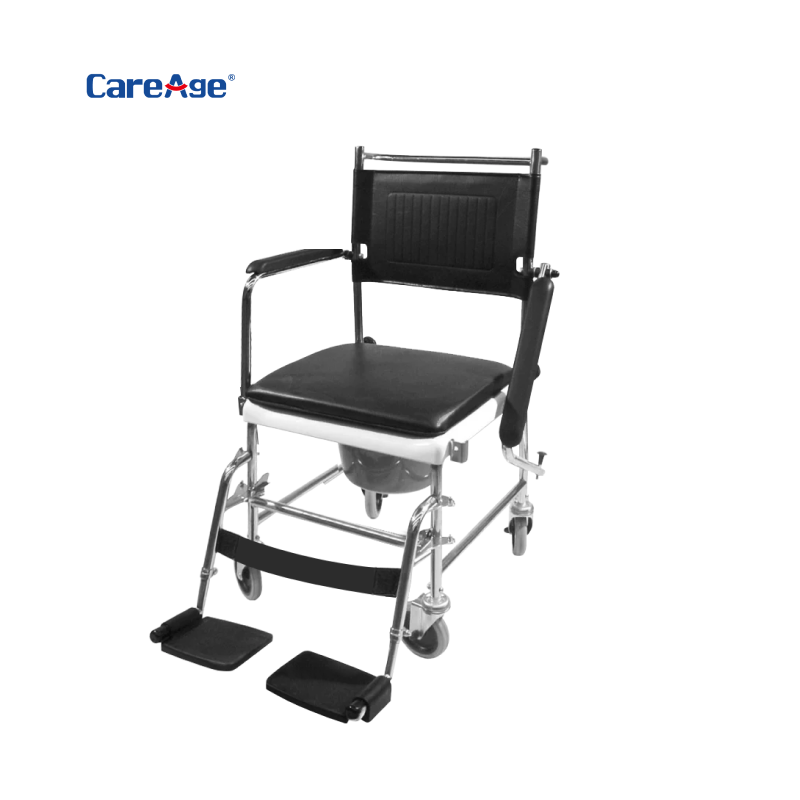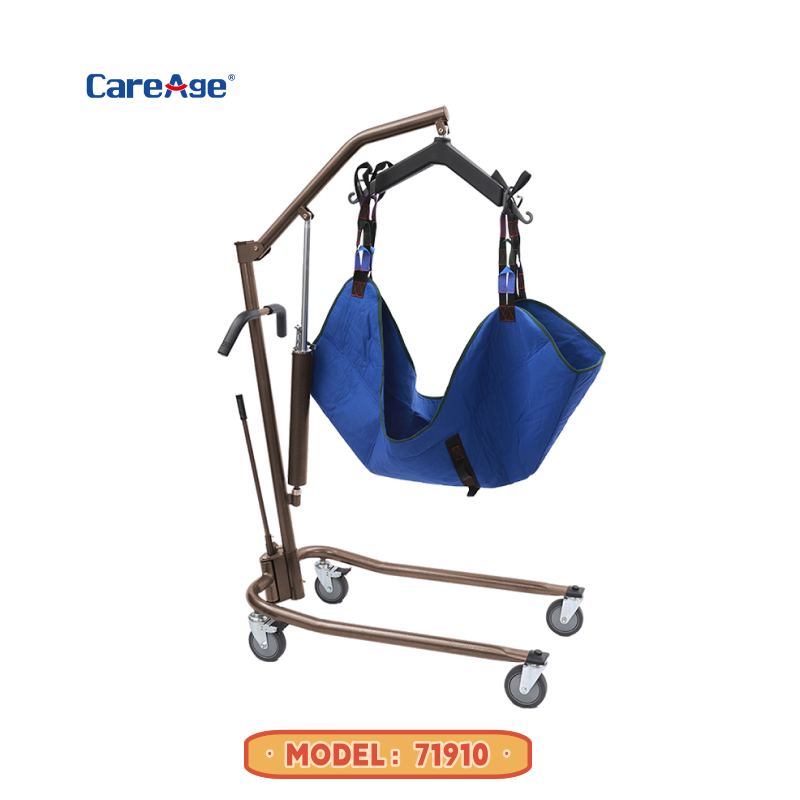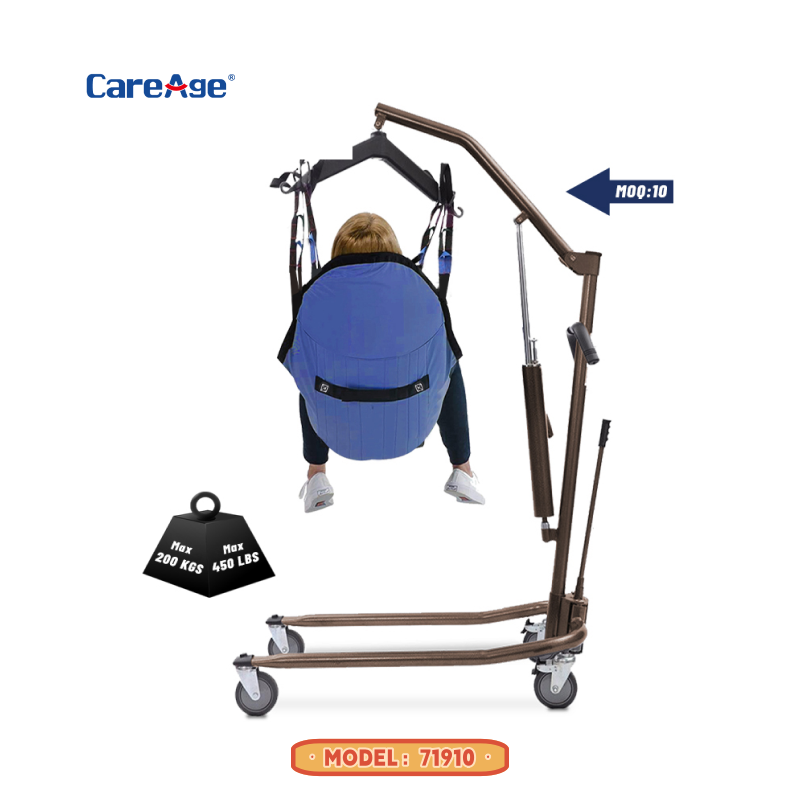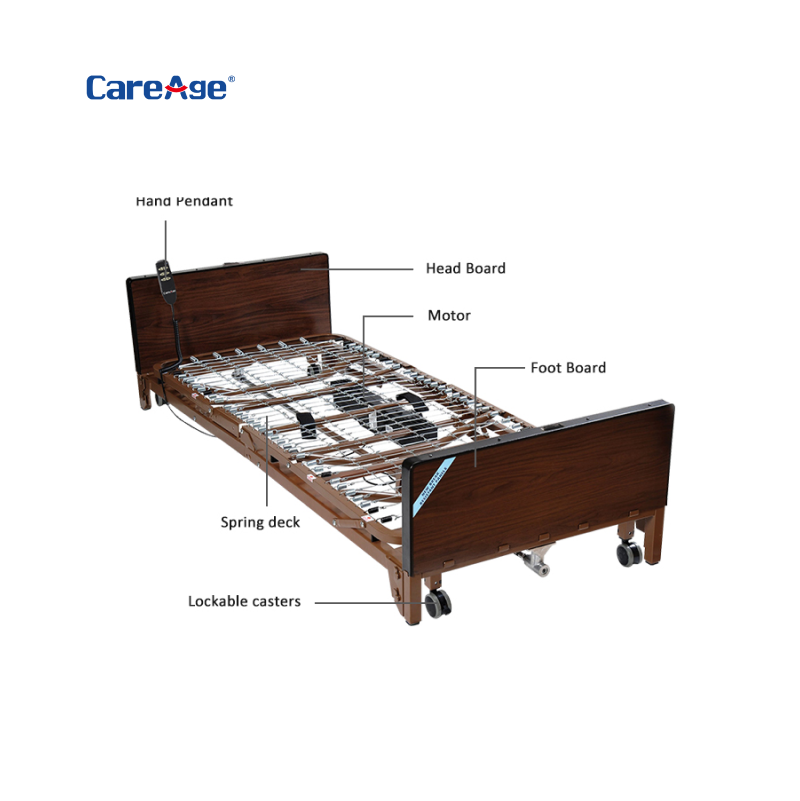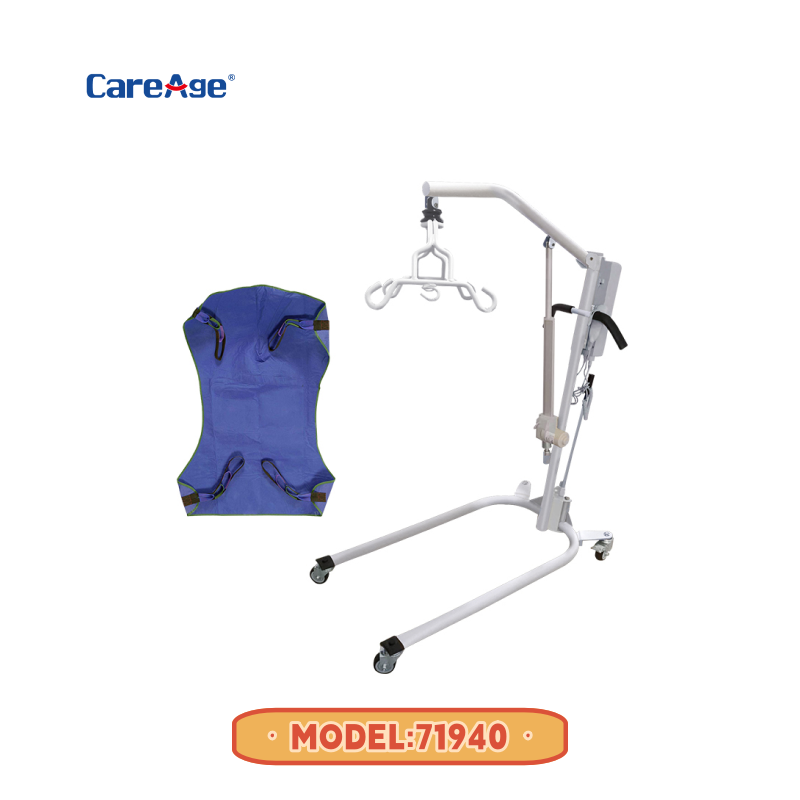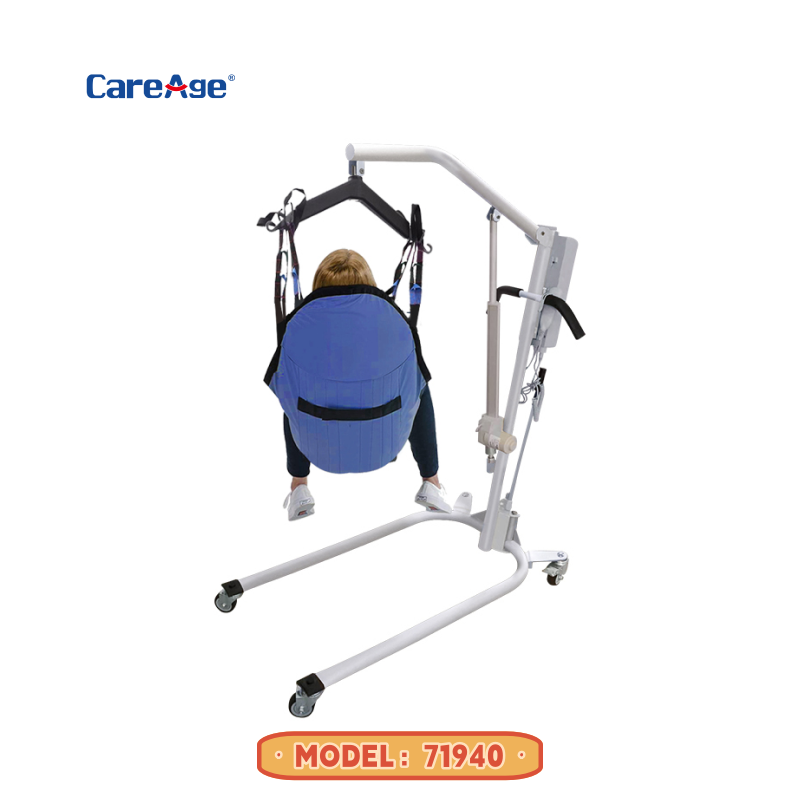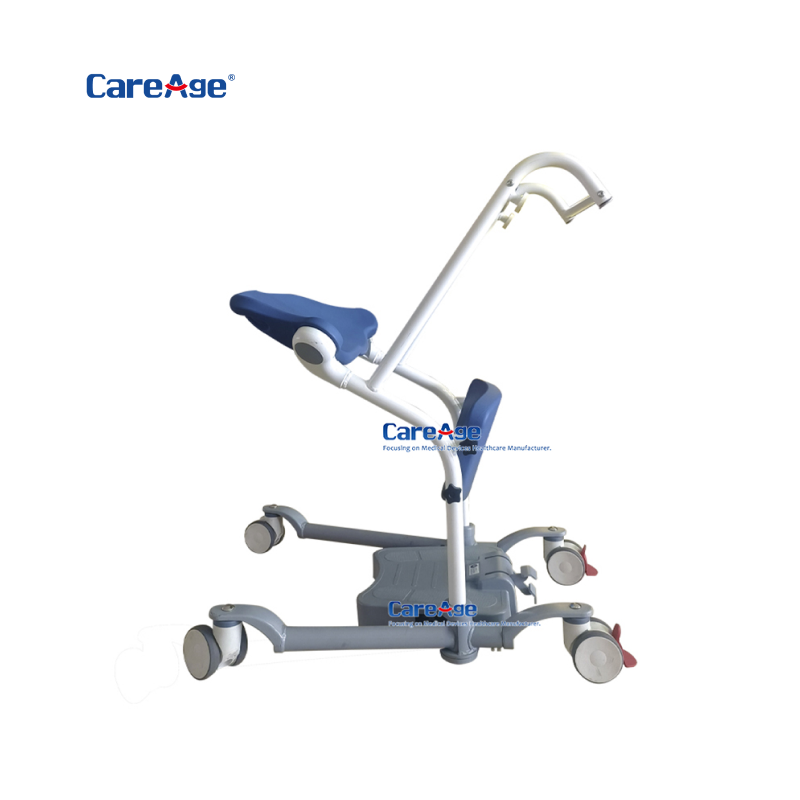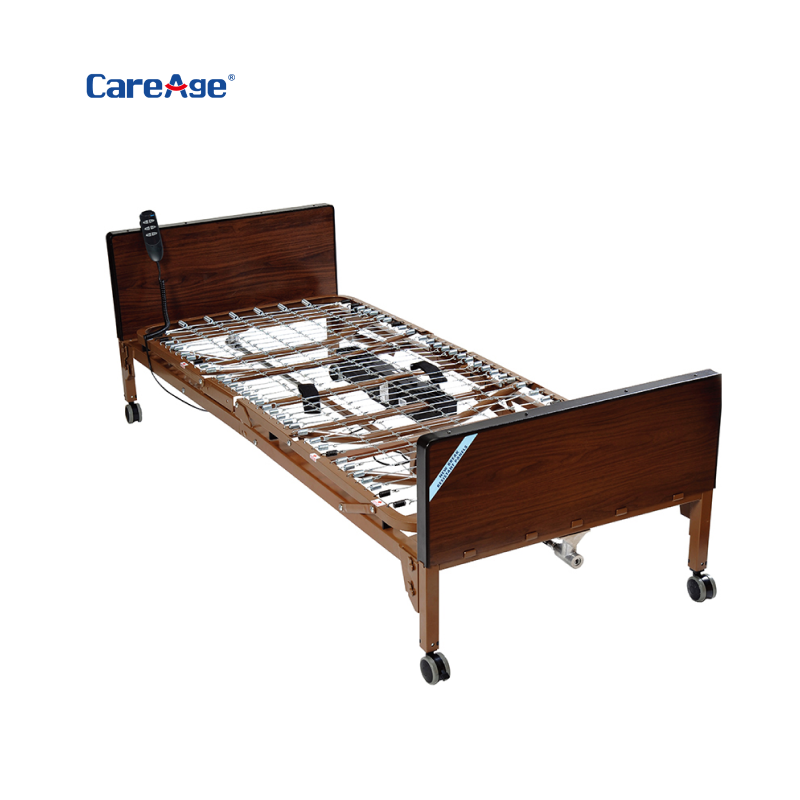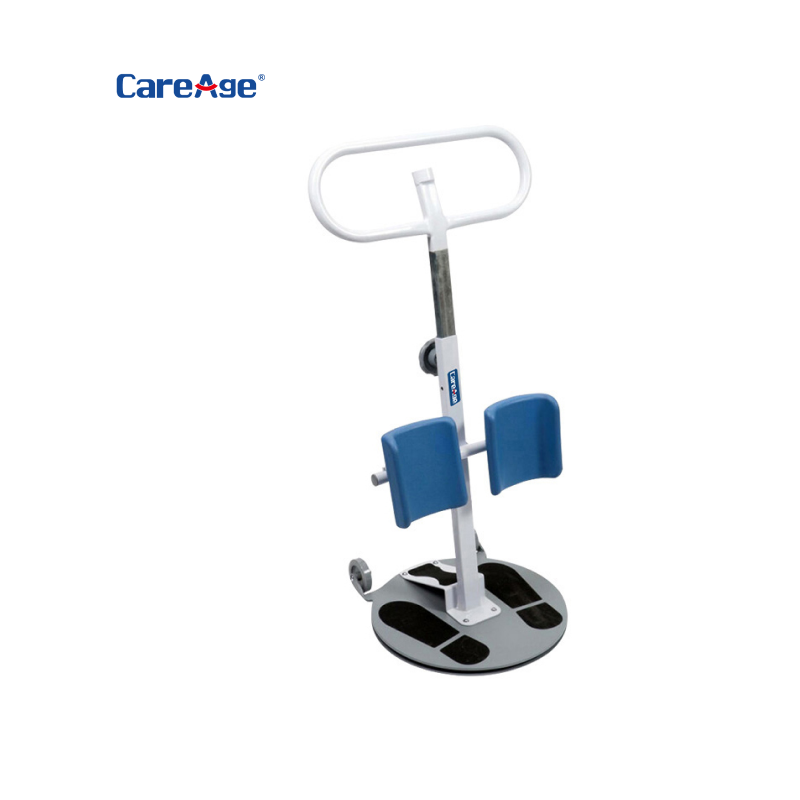When selecting a Homecare Nursing Bed, understanding the differences between a Full-Electric Bed and a Semi-Electric Bed is critical. Both options improve quality of life for patients and caregivers, but their functionalities cater to distinct needs. Let's explore how to make the right choice with real-life examples.
1. Understand the Core Differences
Full-Electric Bed: All adjustments (head, foot, height) are motorized. Ideal for patients with limited mobility.
Semi-Electric Bed: Only head and foot sections are motorized; height requires manual adjustment. Cost-effective for temporary use.
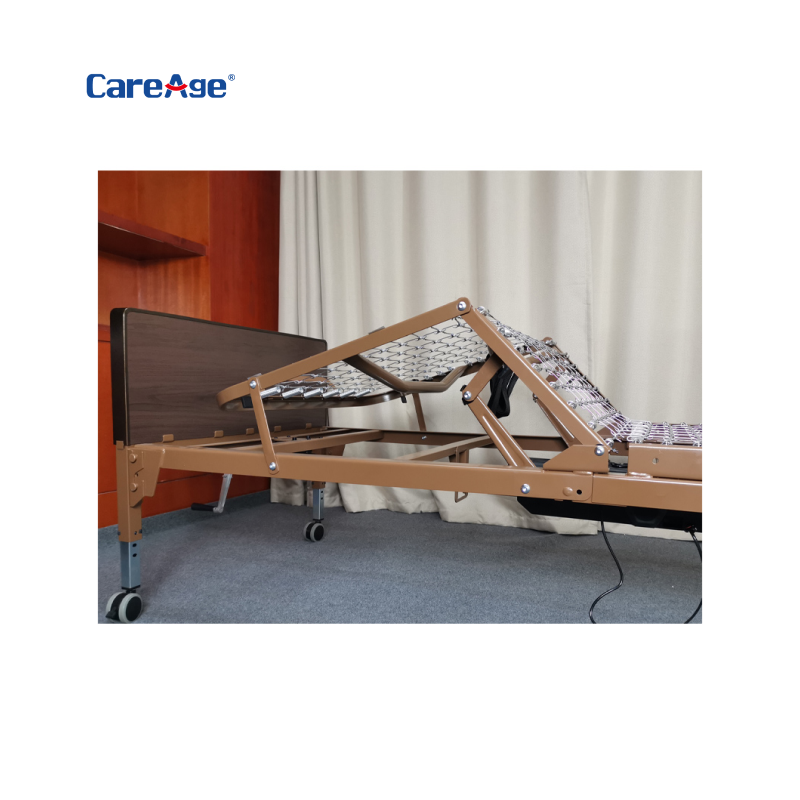
2. Assess User Needs
Case Study
Sarah's Story: After her mother's hip surgery, Sarah needed a Homecare Nursing Bed for 3-month recovery. A Semi-Electric Bed met her needs—affordable, easy to operate, and sufficient for adjusting sitting positions.
John's Story: John's wife has ALS and requires 24/7 care. A Full-Electric Bed with seamless height adjustments reduces caregiver strain and enhances safety during transfers.
3. Key Features to Compare
Motor Quality: Careage's Homecare Nursing Bed series uses UL-certified motors for durability.
Weight Capacity: Semi-Electric Beds support up to 350 lbs; Full-Electric Beds handle 450+ lbs.
Safety: Full-Electric models include emergency stop buttons and backup batteries.
4. Why Choose Careage's Homecare Nursing Beds?
Careage's Semi-Electric Bed (Model SE-300) is perfect for short-term recovery, while the Full-Electric Bed (Model FE-450) excels in long-term care. Both integrate into any Homecare Nursing Bed setup with easy assembly and FDA compliance.
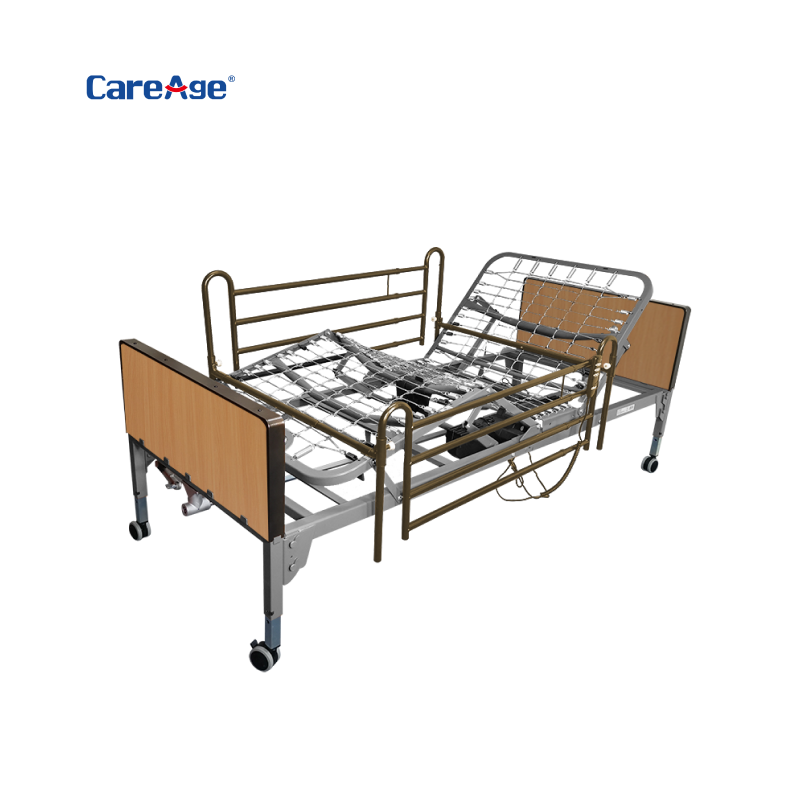
5. Final Tips
Choose a Semi-Electric Bed if: Budget is limited, or care needs are temporary.
Opt for a Full-Electric Bed if: The user has severe mobility challenges or requires frequent repositioning.
Explore Careage's Homecare Nursing Bed collection today to find your perfect fit!


